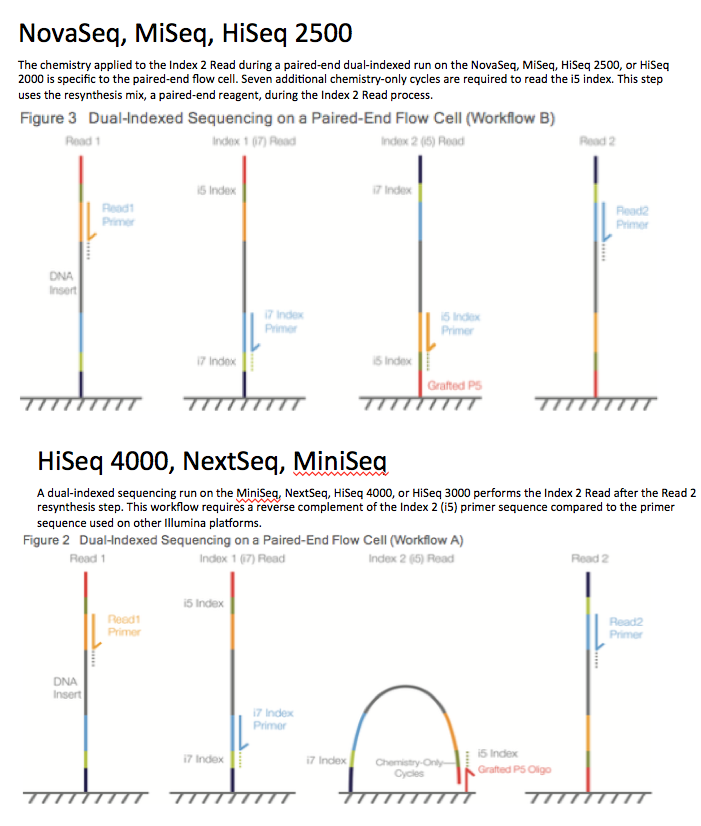Wet-lab: your traditional research lab with lots going on at the bench (often collaborating with dry-labs).
Dry-lab: A computational or mathematical lab focusing on analysis of other peoples data (sometimes collaborating with dry-labs).
Moist-lab: the new style of lab with both wet- and dry-staff, working together with some post-docs now being truly multi-functional developing methods in both environments.
 |
| What do you call a moist-lab worker? |
Florian Markowetz is a junior group leader at the Cambridge Institute and gave an excellent seminar yesterday about his groups use of computational methods for understanding cancer evolution; and image processing for improved analysis of tissue sections. Florian is one of a relatively rare breed of computational lab heads and is hiring his own wet-lab staff. His seminar was the first place I heard the term “moist-lab”.
The rise of the computational research assistant: over the last year or two I have noticed that many wet-lab PI’s are hiring a different sort of Research Assistant into their labs: a computational RA. This it is not a surprise given the work those groups are doing, but is a recent change.
Most labs have at least one research assistant, officer, etc., who generally assists in the running of a lab, may often be responsible for maintaining lab stocks and things like cell culture. Research Assistants help labs run smoothly and are often the longer-term members of a group and/or institute. Until recently nearly all Research Assistants worked in the lab and had lab based skills.
But with the amount of data coming out of genomics technologies like microarrays and sequencing increasing so fast a group can quickly become overwhelmed with the volume of data. Simply keeping track of files can be tough.
Hence the rise of the computational RA and the emergence of moist-labs.








Leave A Comment